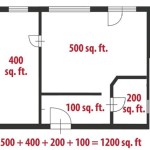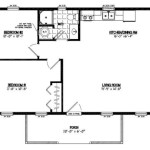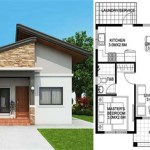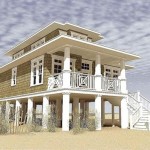What Scale Drawings For Planning Permission
Applying for planning permission often requires a comprehensive set of scale drawings to accurately represent the proposed development. These drawings provide a visual representation of the project, enabling planning authorities to assess its impact on the surrounding environment and ensure compliance with regulations. Understanding the requirements and best practices for creating scale drawings is crucial for a successful planning application.
Key Points: Scale and Accuracy
Scale drawings must accurately depict the proposed development's dimensions and its relationship to the site and neighboring properties. The chosen scale should allow for clear representation of all relevant details, including building footprints, heights, setbacks, and landscaping. Common scales used for planning applications include 1:100, 1:200, and 1:500. The appropriate scale depends on the size and complexity of the project. Accuracy is paramount, as any discrepancies can lead to delays or rejection of the application. Using professional drawing software or employing a qualified architect or draftsperson is highly recommended.
Key Points: Types of Drawings Required
Planning applications typically require several types of scale drawings. A site plan, showing the location of the proposed development within its surroundings, including boundaries, existing buildings, and access points, is essential. Floor plans, illustrating the internal layout of each floor, including room dimensions and positions of doors and windows, are also necessary. Elevations, depicting the external appearance of the building from different viewpoints, are crucial for assessing its visual impact. Section drawings, showing a vertical cut through the building, provide details on internal construction and heights. Roof plans, illustrating the layout of the roof, including chimneys, vents, and other features, are often required.
Key Points: Site Plan Essentials
The site plan serves as a crucial overview of the proposed development within its context. It should clearly delineate the boundaries of the site and include accurate measurements. Existing features such as trees, hedges, and neighboring buildings should be accurately represented. The proposed development should be clearly outlined, showing its footprint and relationship to the site boundaries. Access points, including roads, driveways, and pedestrian paths, should be clearly indicated. North should be clearly marked on the plan.
Key Points: Floor Plan Details
Floor plans provide a detailed view of the internal layout of the proposed development. Each floor should be represented on a separate plan. Room dimensions should be clearly marked, ensuring accurate representation of the proposed internal spaces. The positions of doors and windows should be accurately indicated. Staircases and other vertical circulation elements should be clearly shown.
Key Points: Elevation Drawings
Elevation drawings depict the external appearance of the proposed development. They should show the building from all sides (front, rear, and sides). Building materials and finishes should be indicated where possible. Window and door styles should be clearly represented. The height of the building should be accurately depicted, relative to existing ground levels.
Key Points: Section Drawings and Roof Plans
Section drawings provide a vertical cut through the building, showing its internal structure and height. They should clearly show floor-to-ceiling heights and the construction of walls and roofs. Roof plans illustrate the layout of the roof, including the pitch, materials, and features such as chimneys and vents. They are essential for understanding the overall design and drainage of the roof structure.
Key Points: Presenting the Drawings
All drawings should be presented on good quality paper or submitted electronically as required by the planning authority. Drawings should be clearly labeled with the application number, address of the site, and the scale used. A key or legend should be included to explain any symbols or abbreviations used. Drawings should be neatly presented and easy to read, ensuring the planning authority can efficiently assess the proposed development.
Key Points: Working with Professionals
While it's possible to create scale drawings independently, engaging a qualified architect or draftsperson is highly recommended. They possess the expertise and software to produce accurate and professional drawings that meet planning authority requirements. They can also advise on design aspects and ensure the proposed development complies with relevant building regulations and planning policies. Their experience can significantly streamline the planning application process and increase the likelihood of a successful outcome.
Key Points: Local Planning Authority Requirements
The specific requirements for scale drawings may vary slightly between different local planning authorities. It’s crucial to consult the local planning authority’s guidelines and requirements before submitting an application. This will ensure the drawings meet their specific criteria and avoid potential delays or rejections. Some authorities may have specific preferences for scales, drawing formats, or the level of detail required. Contacting the planning authority directly or visiting their website can provide valuable information and guidance.

Planning Drawings

Planning Drawings

Producing Drawings For Planning Permission S

Planning Drawings

Planning Drawings

How To Get Planning Permission

Planning Drawings

Planning Drawings Prime Stables

Planning Drawings

Self Build House Extension Planning Permission
Related Posts








